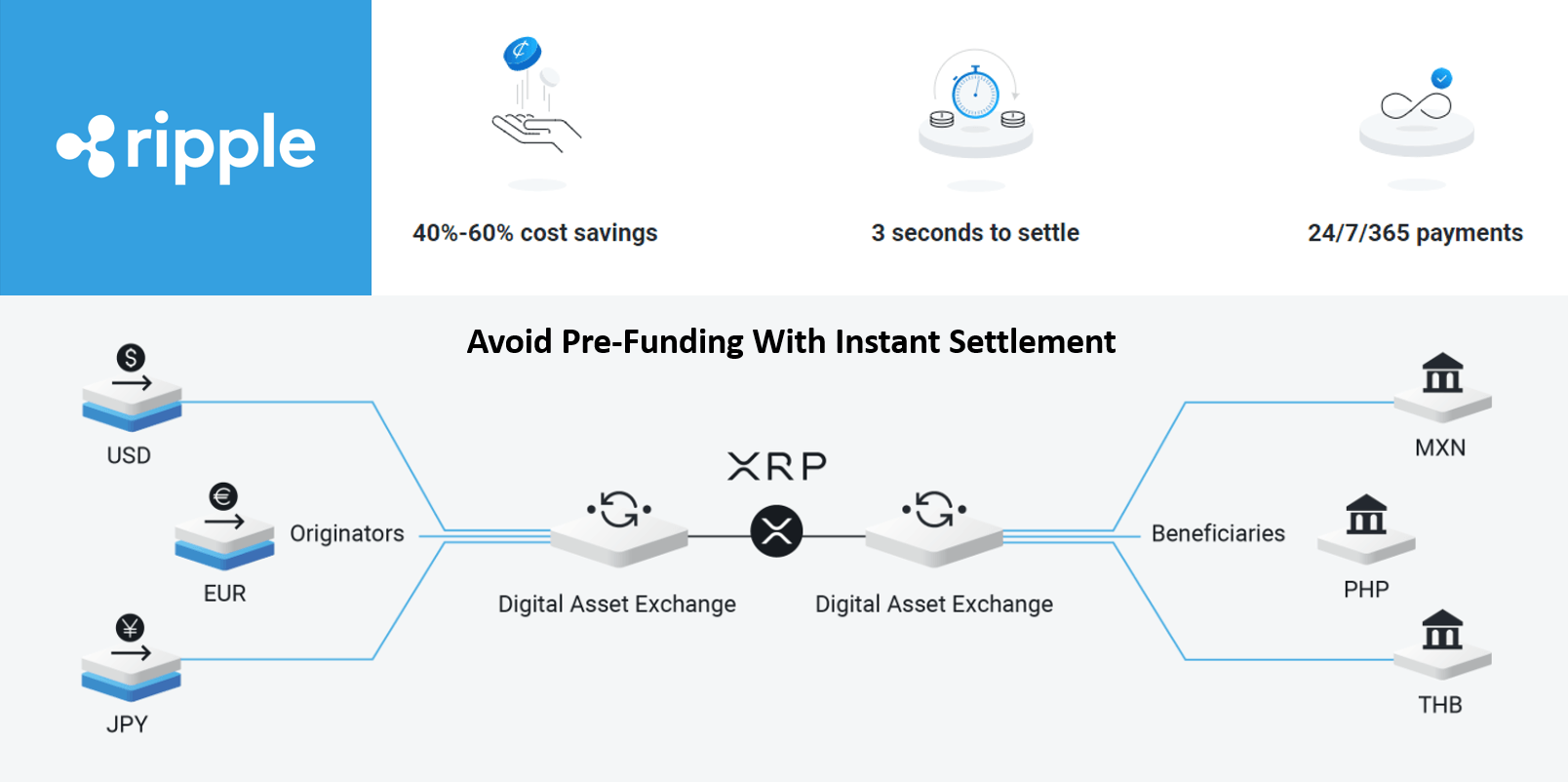Europe plans to overcome US-based payment providers dominance

Europe is planning to build an improved instant payment system to overcome the dominance of US-based payment providers such as Visa, Mastercard, PayPal, etc in Europe. To overcome this threat, the European central bank (ECB) aims to roll out a pan-European instant payment by the end of 2021. Source: Reuters.
Today more than two-thirds of electronic payments (non-cash) are processed by overseas payment giants. Relying on non-European payment providers is problematic as ECB has limited authority and oversight over them.
The new system will replace the current instant payment system called TIPS (Target Instant Payment Settlement). Many banks have complained that TIPS is slow to join and has no significant impact. By using the improved system, everyone in the EU, people, and companies should be able to carry out domestic and cross border instant payment transactions in all payment situations.
The European central bank (ECB) has not ruled out the option of using distributed-ledge technology to create and issue Euro digital currency.
Recommended read:
1. Why the central banks are rushing to create a digital currency.
2. How Centralized Banking System Operate And Manage Our Transactions.
Plans for Euro digital currency:
The plans for a Euro digital currency intensified after social media giant Facebook announced in June its digital currency – Libra. Since then regulators have raised their concerns and many EU leaders urged ECB to speed-up the development of Euro digital currency.
The study on Euro digital currency is ongoing. Along with technical aspects, ECB is also assessing the implications of digital currency on monetary policy and financial system. The research report is expected to be presented to the EU governments by Q1 2020.
The assessments are presumed to be in the following two areas:
First, How EU monitory policy ‘Negative interest rates’ apply to Euro digital currency. Under a negative rate policy, financial institutions are to pay interest for parking excess reserves with the central bank.
The policy was implemented to boost EU economic growth. Under this policy, banks get penalized for saving and therefore, lend more money freely to businesses and consumers.
Recommended read: Fostering negative interest rate policy through digital currency
Customers experiencing decades of positive interest rates on their savings accounts, the negative rates may change their behavior and rather choose to store actual banknotes. This would diminish the effectiveness of the negative rate policy measure.
Secondly, What would be the broader impact of issuing digital currency on the financial system. Under the most ambitious plan, owners(or users) of the new digital coin could deposit or withdrawal digital currency directly at the ECB. That would make existing banks, clearing counterparties or payment services largely redundant. As obvious, the proposal met opposition from banks.
Last month, the German Banks association representing more than 200 private commercial banks issued a statement suggesting the European Central Bank (ECB) work together with the banking industry to create euro digital currency.
Given the impact the Euro digital currency may have on the financial system, it’s more likely for ECB to consider a less radical option. Under this, the ECB will give digital currency to the banks which then distributes to their clients. A similar 2-tier approach has also been adopted by China and countries Sweden, Uruguay.


